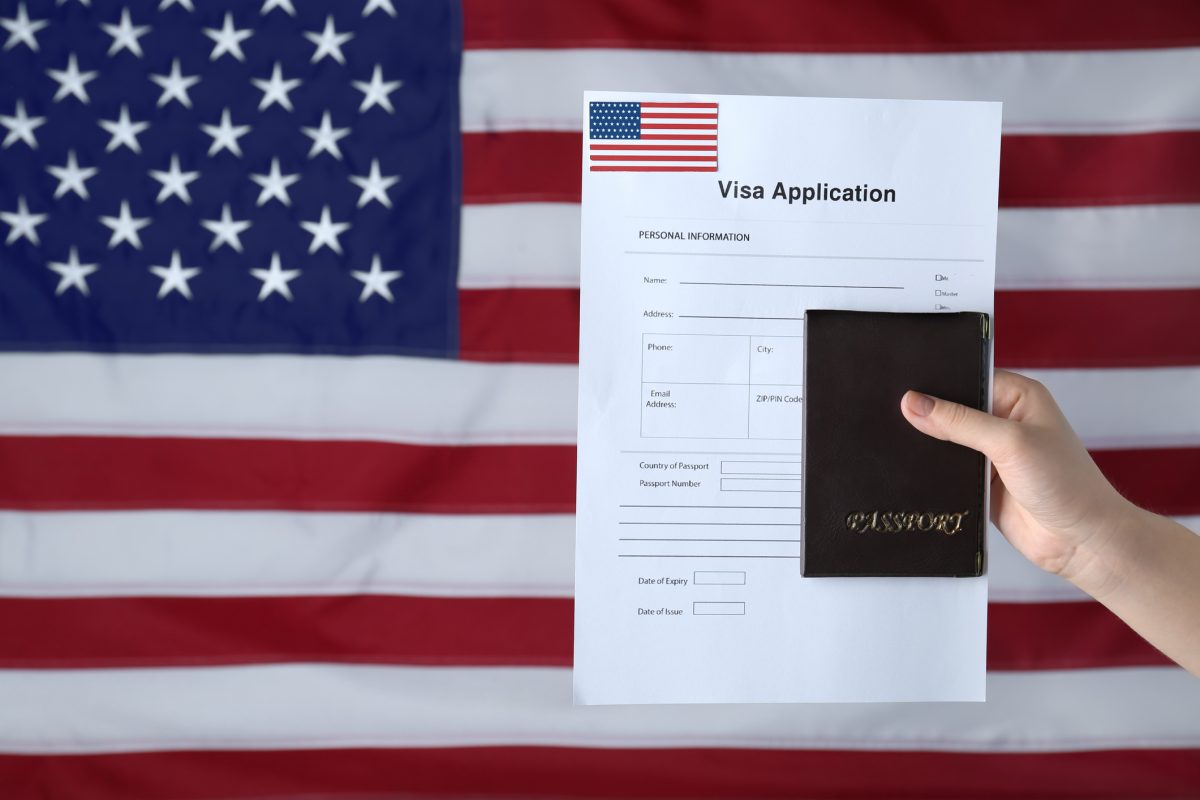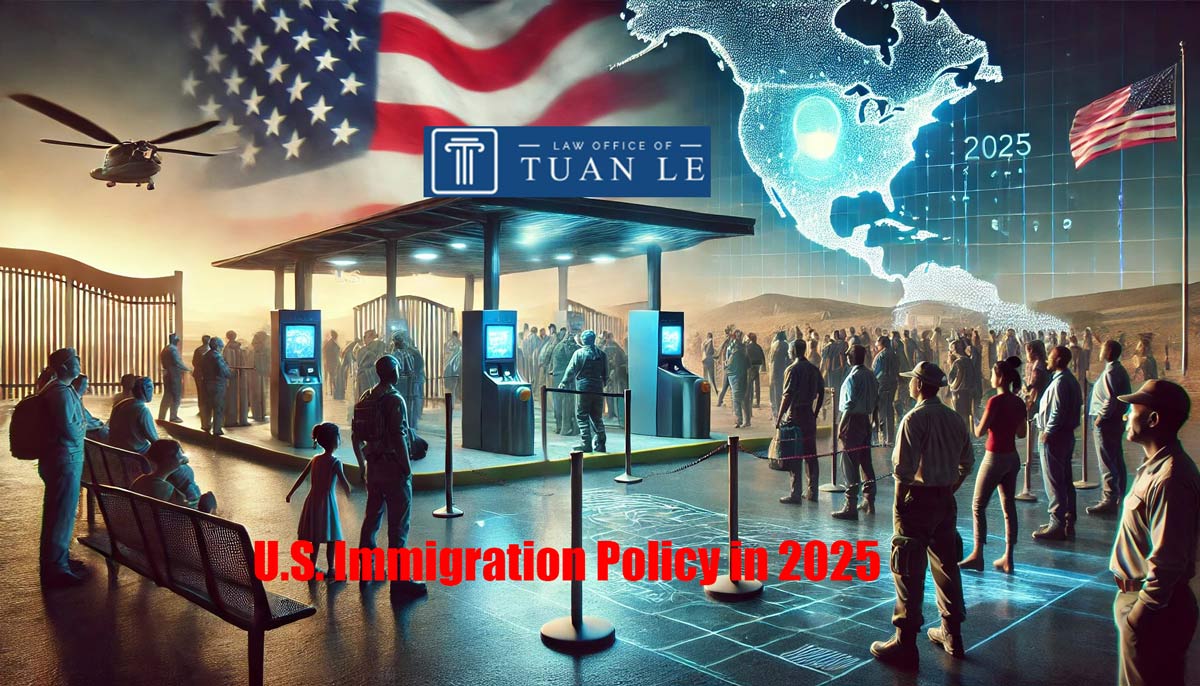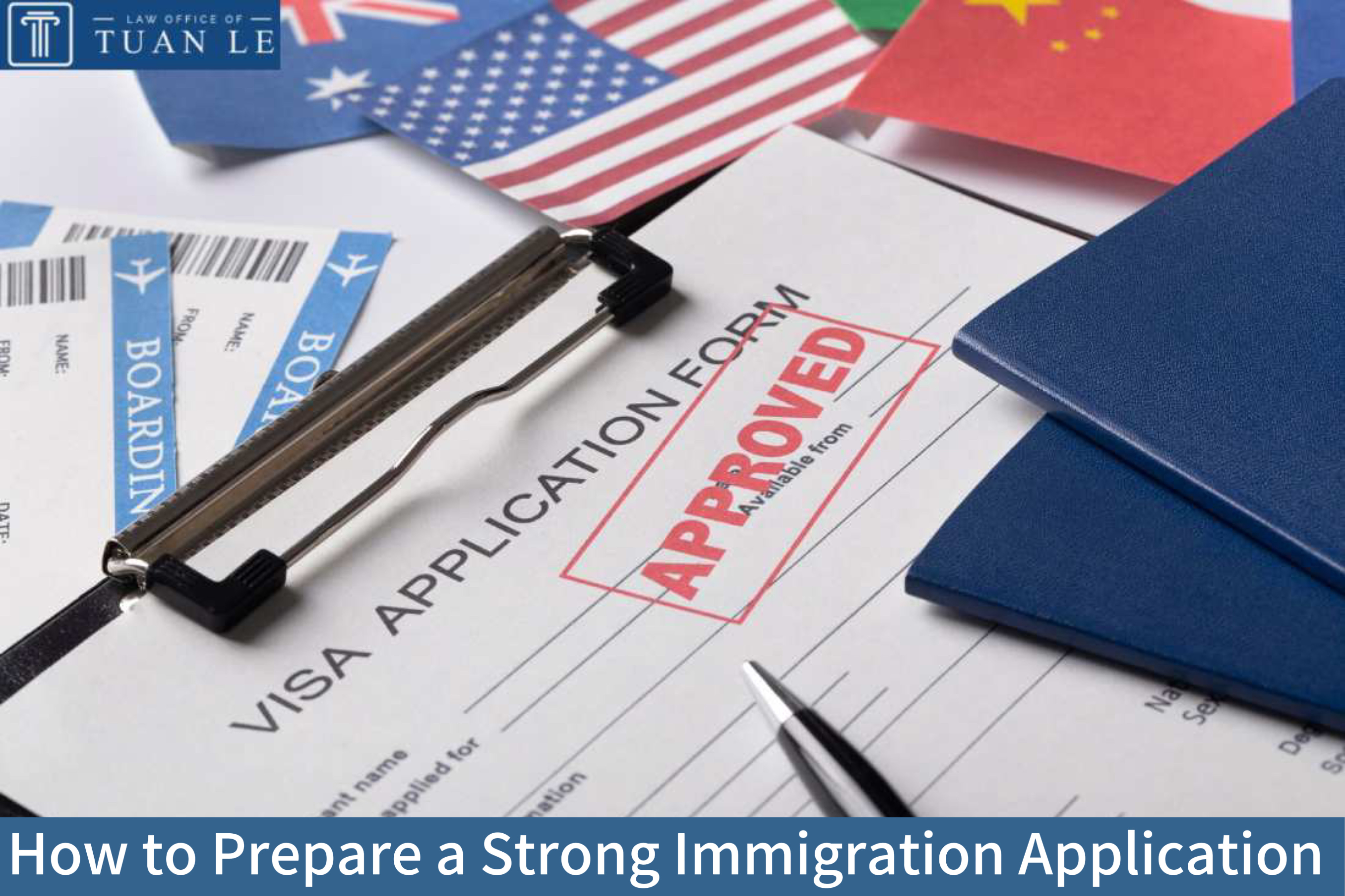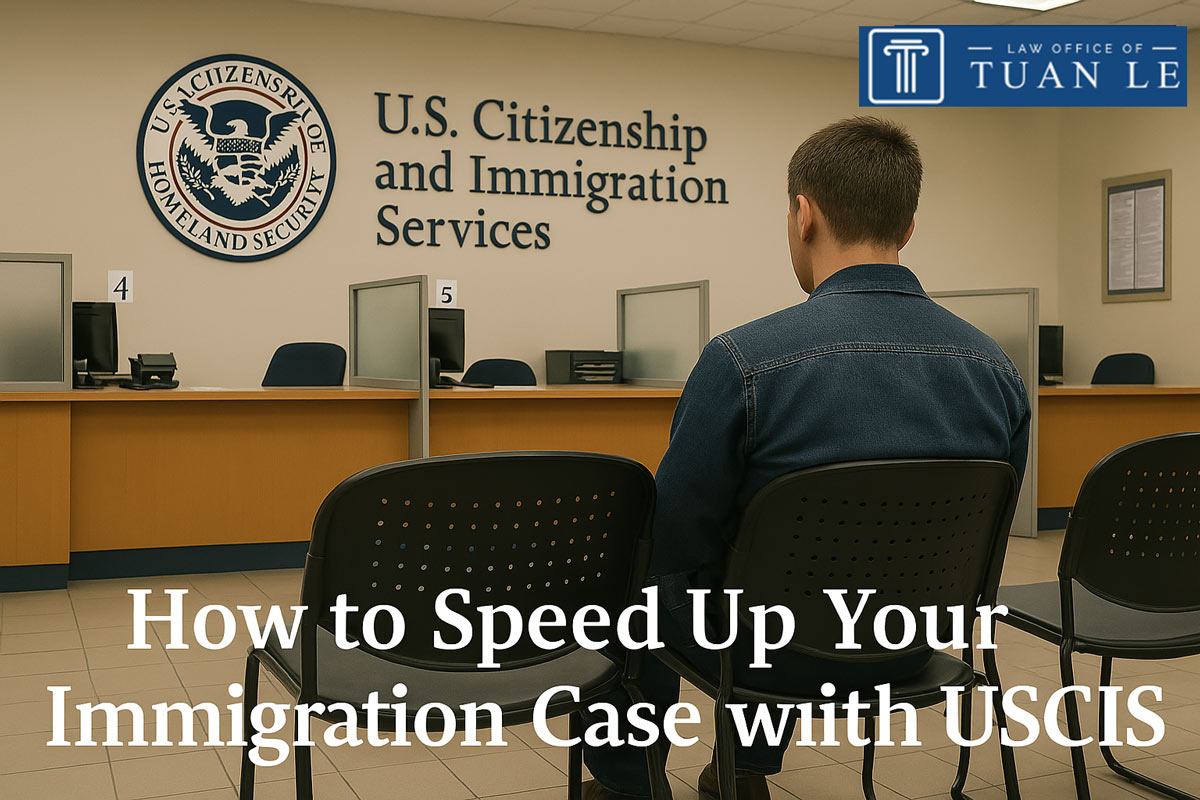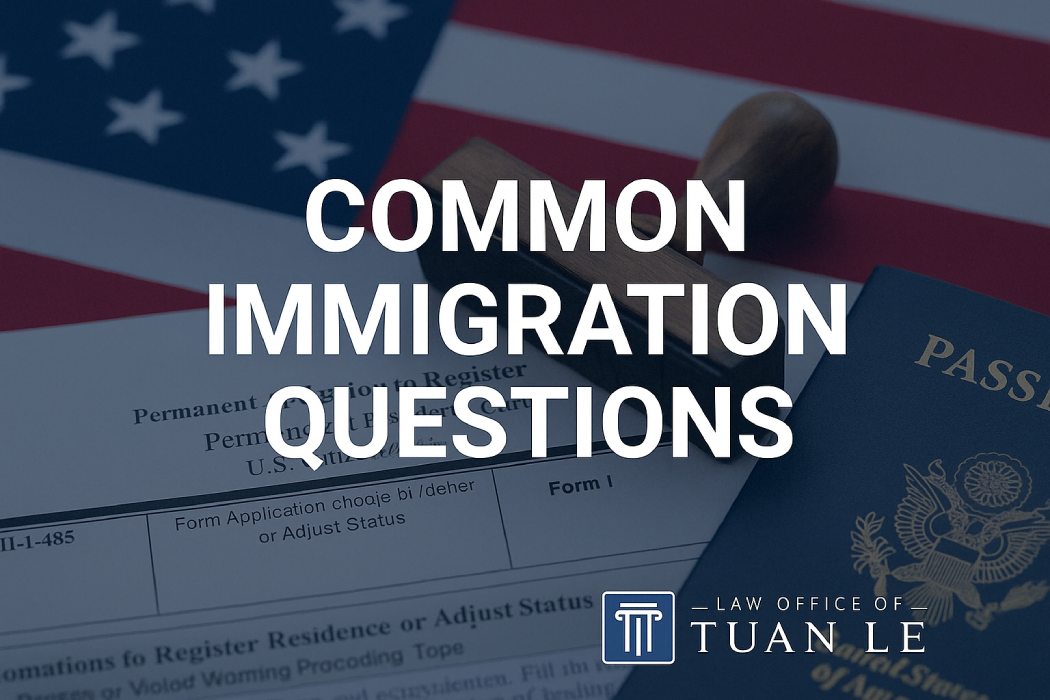Family-based immigration: How to Bring Your Family Members to the United States Legally

“Home is where the heart is” and for many, the heart lies with family. Since 1965, family connections have been the bedrock of U.S. immigration, allowing citizens and permanent residents to sponsor relatives for a new life on American soil. At Tuan Le Law Office in Orange, CA, we understand that family is the foundation of life. As a U.S. citizen or lawful permanent resident, you have the opportunity to petition for your family members to join you in the USA. Family-based immigration visas.
In this article, we explore the intricacies of Family-based immigration, a major avenue for legal entry into the U.S. that underscores the nation’s commitment to family unity. It outlines the necessary qualifications, procedural steps, and various visa types, underscoring the need for expert legal advice to smoothly traverse this multifaceted process and ensure family reunification.
Are you ready to reunite with your family in the United States? The dedicated lawyer at Tuan Le Law Office is here to guide you through the family immigration visa process. With our expertise, we’ll ensure that your loved ones can join you in the U.S. legally and with ease. Contact Tuan Le Law Office today.
What Is Family-based immigration?
Family-based immigration stands as the most prevalent form of legal entry into the United States, representing the essence of the nation’s immigration policy. It is a process that enables U.S. citizens and lawful permanent residents (LPRs) to sponsor their relatives, affirming the country’s dedication to family unity and the well-being of immigrants. This system not only supports the emotional and financial stability of families but also enriches the social and cultural mosaic of American society.
The Significance of Family-based immigration
It represents a major share, accounting for two-thirds of all immigration to the U.S. This underscores its role as a key element in preserving connections across borders. The system enables immediate family members and those within the preference category to secure a green card. It offers a lawful path for relatives to reside, work, and pursue education in the U.S. This, in turn, facilitates the journey towards permanent residency and citizenship.
Key Principles And Eligibility Of Family-based immigration
Here are the key principles and eligibility criteria that form the foundation of this system:
- Sponsorship: A U.S. citizen or LPR must sponsor the family member seeking immigration.
- Affidavit of Support: The sponsor must demonstrate the financial ability to support the immigrant, ensuring they do not become reliant on public funds.
- Priority System: Immediate relatives of U.S. citizens, such as spouses, parents, and children under 21, are prioritized, followed by other family preference categories.
Eligibility Requirements For The Sponsor:
- Must be a U.S. citizen or an LPR.
- Must meet income requirements to support the family member.
- Must sign an affidavit of support.
Eligibility Requirements For The Beneficiary:
- Must be an immediate relative or within a family preference category.
- Must pass a medical examination.
- Must have no disqualifying criminal records or immigration violations.
- Must be eligible for a visa and admissible to the U.S.
Understanding Family-based Immigration Categories
Family-based immigration categories are divided into two main groups: Immediate Relative Immigrant Visas and Family Preference Immigrant Visas. Here’s a breakdown of each:
Immediate Relative Immigrant Visas (IR):
- IR-1: Spouse of a U.S. Citizen
- IR-2: Unmarried Child Under 21 Years of Age of a U.S. Citizen
- IR-3: Orphan adopted abroad by a U.S. Citizen
- IR-4: Orphan to be adopted in the U.S. by a U.S. citizen
- IR-5: Parent of a U.S. Citizen who is at least 21 years old
Family Preference Immigrant Visas (F):
- F1: Family First Preference – Unmarried sons and daughters of U.S. citizens, and their minor children, if any.
- F2: Family Second Preference – Spouses, minor children, and unmarried sons and daughters (age 21 and over) of LPRs.
- F2A: Spouses and minor children of LPRs
- F2B: Unmarried sons and daughters (21 years of age and older) of LPRs
- F3: Family Third Preference – Married sons and daughters of U.S. citizens, and their spouses and minor children.
- F4: Family Fourth Preference – Brothers and sisters of U.S. citizens, and their spouses and minor children, provided the U.S. citizens are at least 21 years of age.
Quotas and Waiting Periods
There are quotas and waiting periods for family preference visas, dictated by the Visa Bulletin for family-sponsored categories. These quotas can result in significant waiting times, making the consular processing for family-based visas a lengthy endeavor.
The Application Process
The journey to the United States begins with a comprehensive application process. This process is designed to meet the requirements and ensure that all family-sponsored visas are granted in accordance with U.S. immigration laws. In the following part, we will detail the different steps of the application process:
Initiating the Petition:
To initiate the petition, the U.S. citizen or lawful permanent resident sponsor must file Form I-130, Petition for Alien Relative. This form is the first step in filing family-based petitions and is crucial for both immediate relative’s immigration and family preference categories.
Required Documentation:
The required documentation includes proof of the sponsor’s U.S. citizenship or LPR status, evidence of the qualifying family relationship, and an affidavit of support for this kind of immigration. Specifically, for spouse visa requirements, marriage certificates and other relevant documents are necessary.
Processing Times and Fees:
Processing times and fees vary depending on the visa category and the USCIS workload. Priority dates in this kind of immigration play a significant role in determining the wait times, especially for family preference categories, which are outlined in the monthly Visa Bulletin for family-sponsored categories.
The Sponsorship and Petition Process:
The sponsorship and petition process involve the sponsor agreeing to financially support the family member, which is documented through the affidavit of support. This is a key component in obtaining a green card through family sponsorship.
Filing Family-Based Petitions Tips:
When filing family-based petitions, it’s essential to follow the parent visa process, child immigration options, or sibling immigration process accurately. Each category has specific requirements, such as the fiancé visa process or immigration options for married couples. And, Consular processing for family-based visas is the final step for relatives outside the United States, while those already in the U.S. may adjust their status to obtain a conditional green card for spouses or proceed with the marriage-based immigration process.
In summary, the application process for bringing parents to the United States or other family members is meticulous and requires careful attention to details to ensure a successful family reunification immigration experience.
For personalized guidance and support through each stage of the application, consider reaching out to our legal expert who can help you navigate the complexities of the immigration. Start your application now and pave the way for your family’s future. Call us today at 714-877-5840 or fill out the form to schedule your appointment.
Steps After Visa Approval
Once an applicant meets the necessary criteria and receives visa approval, they must then settle the immigrant visa fee. Subsequently, they complete the consular processing if they are abroad. For applicants already in the U.S., they proceed by adjusting their status to that of a permanent resident. The Visa Bulletin offers priority dates for these categories, indicating when an applicant may secure a visa number.
Adjusting Status and Obtaining Permanent Residency
Adjusting status to become a lawful permanent resident in the United States is a pivotal step in Family-based immigration. This process is available to individuals who are already in the U.S. and have an approved family-sponsored visa. The filing of family-based petitions is the initial step, followed by submitting an application to adjust status. And as we mentioned, the affidavit of support for Family-based immigration is a crucial document that ensures the immigrant will not become a public charge.
Conditional Residency and Removal of Conditions
Conditional green card for spouses is granted to couples whose marriage is less than two years old at the time of approval. This status requires the couple to apply for the removal of conditions on their residency within 90 days before the second anniversary of the grant of conditional residency. The marriage-based immigration process includes proving the legitimacy of the marriage and meeting the spouse visa requirements.
The Importance of Legal Guidance In Family-Based Immigration
Legal guidance is invaluable in the realm of Family-based immigration. An experienced immigration attorney can provide clarity on family-sponsored visas and assist with the marriage-based immigration process. They can also help navigate the complexities of obtaining a conditional green card for spouses and advise on the best immigration options for married couples. For those bringing parents to the United States or going through the fiancé visa process, professional legal advice can be the key to a successful application.
Challenges and Solutions
Common Obstacles In Family-Based Immigration
Navigating the Family-based immigration landscape can be fraught with challenges. Applicants often face long waiting periods due to priority dates in Family-based immigration, which can delay the family reunification immigration process. The complexity of filing family-based petitions and meeting all Family-based immigration requirements can also be daunting. Moreover, the affidavit of support for Family-based immigration imposes financial responsibilities that sponsors must be prepared to meet.
Overcoming Legal and Administrative Hurdles
To overcome these hurdles, it’s essential to stay informed about the Visa bulletin for family-sponsored categories and understand the nuances of consular processing for family-based visas. Ensuring that all spouse visa requirements and parent visa process steps are meticulously followed can help avoid delays. Additionally, exploring all child immigration options and understanding the sibling immigration process can provide alternative pathways to reunification.
FAQs About Family-Based Immigration:
Q: How Can I Obtain A Green Card for My Family Members Through Sponsorship?
A: Family sponsorship offers a pathway to U.S. green cards for immediate relatives, including parents, spouses, siblings, and fiancé(e)s. Each relationship type follows a distinct visa process, ultimately leading to permanent residency. Engaged couples have a specific fiancé visa that allows entry and marriage in the U.S. within 90 days.
Q: What Should I Consider Beyond The Basic Requirements When Applying For Family-Based Immigration?
A: When applying for family-based immigration, it’s crucial to understand the detailed requirements beyond the basics. This includes preparing the affidavit of support, a legal document ensuring the immigrant won’t rely on public funds. Additionally, properly filing family-based petitions is essential, as it kickstarts the immigration process for both immediate relatives and those in family preference categories.
Q: What Are Priority Dates In Family-Based Immigration And Why Are They Important?
A: Priority dates in family-based immigration are essential as they determine your place in the visa queue, especially for family preference categories. The Visa Bulletin is the official source that indicates when you can move forward with your visa application based on your priority date. So, it’s a key factor in the timing of your immigration process.
Q: What Is Consular Processing For Family-Based Visas And What Does It Involve?
A: Consular processing is the method by which applicants outside the U.S. obtain their family-based visas. It involves several steps after the family-based petition is filed and the priority date is current, including undergoing medical examinations, attending interviews, and submitting required documents to the U.S. consulate or embassy in the applicant’s home country.
Ensuring Success In Family-Based Immigration: Tips For A Successful Application
A successful Family-based immigration application requires careful attention to detail and adherence to all Family-based immigration requirements. It’s crucial to stay updated with the Visa bulletin for family-sponsored categories, ensure all documentation is accurate and complete, and meet all affidavits of support obligations. Seeking professional guidance can significantly enhance the prospects of a favorable outcome.
For those seeking expert assistance, Tuan Le Law Office in OC, CA, is known for providing comprehensive legal services in Family-based immigration matters. Their expertise can guide you through the complexities of the process, from filing family-based petitions to navigating the consular processing stages, ensuring that you have the best possible support on your journey to family reunification in the United States.
The information provided on this page or article does not, and is not intended to, constitute legal advice; instead, all information, content, and materials available on this this page or article are for general informational purposes only. Information on this this page or article may not constitute the most up-to-date legal or other information.
Readers of this this page or article should contact their attorney to obtain advice with respect to any particular legal matter. No reader, user, or browser of this this page or article should act or refrain from acting on the basis of information on this site without first seeking legal advice from counsel in the relevant jurisdiction.
By Tuan Le|April 27th, 2024|Uncategorized , Immigration|Comments Off
About the Author: Tuan Le
Are you dealing with an immigration issue or planning to file for bankruptcy? Mr. Tuan Le is an expert attorney who offers representation in all these areas.
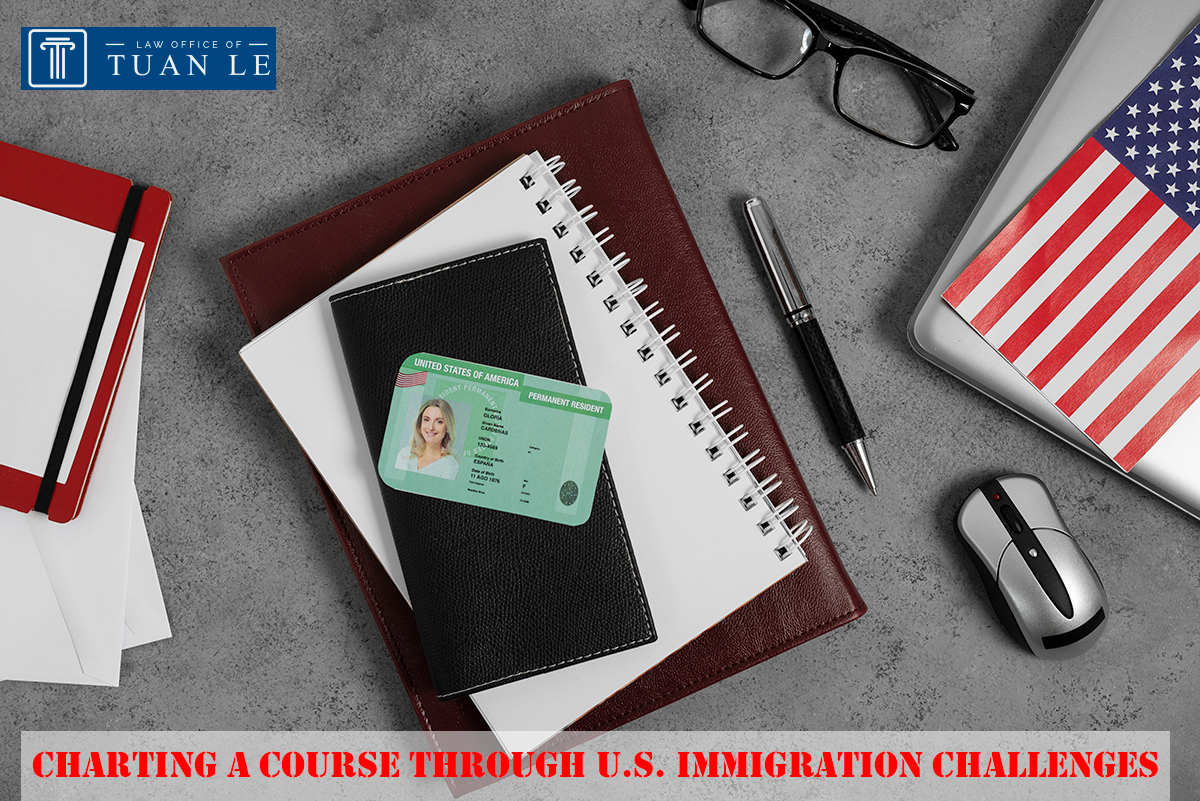



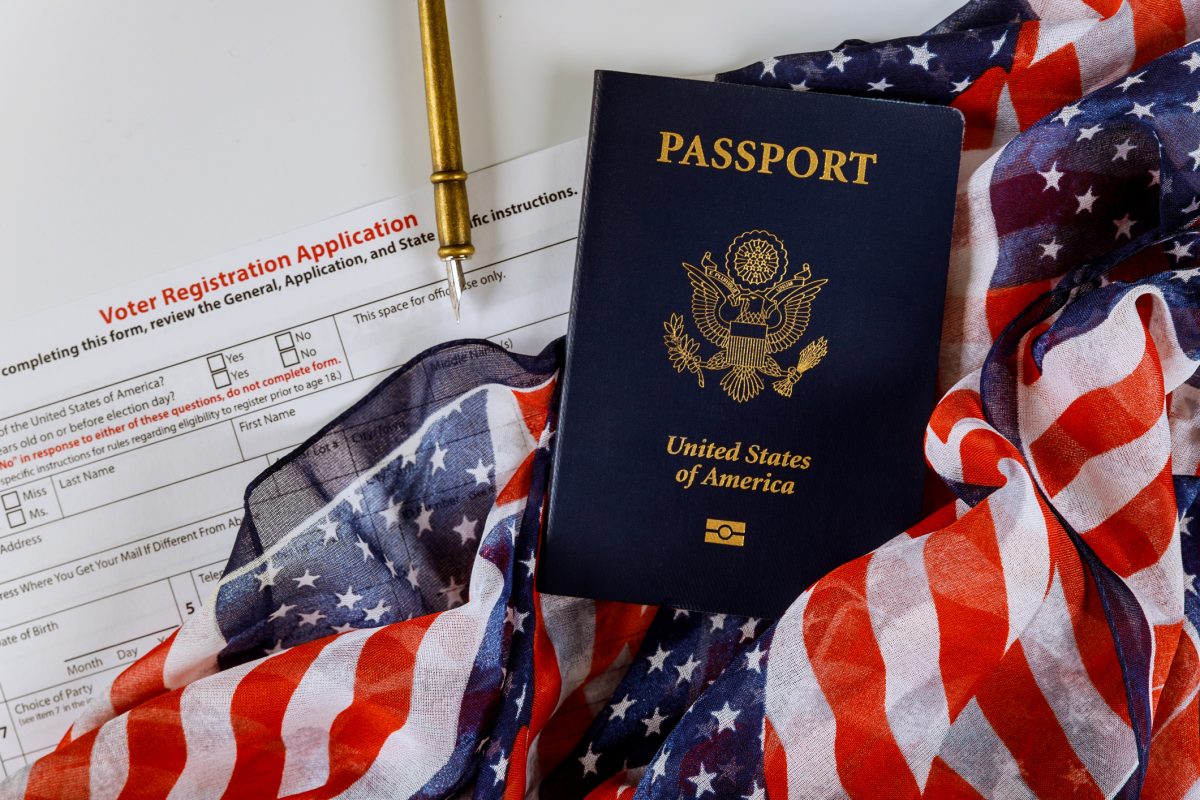


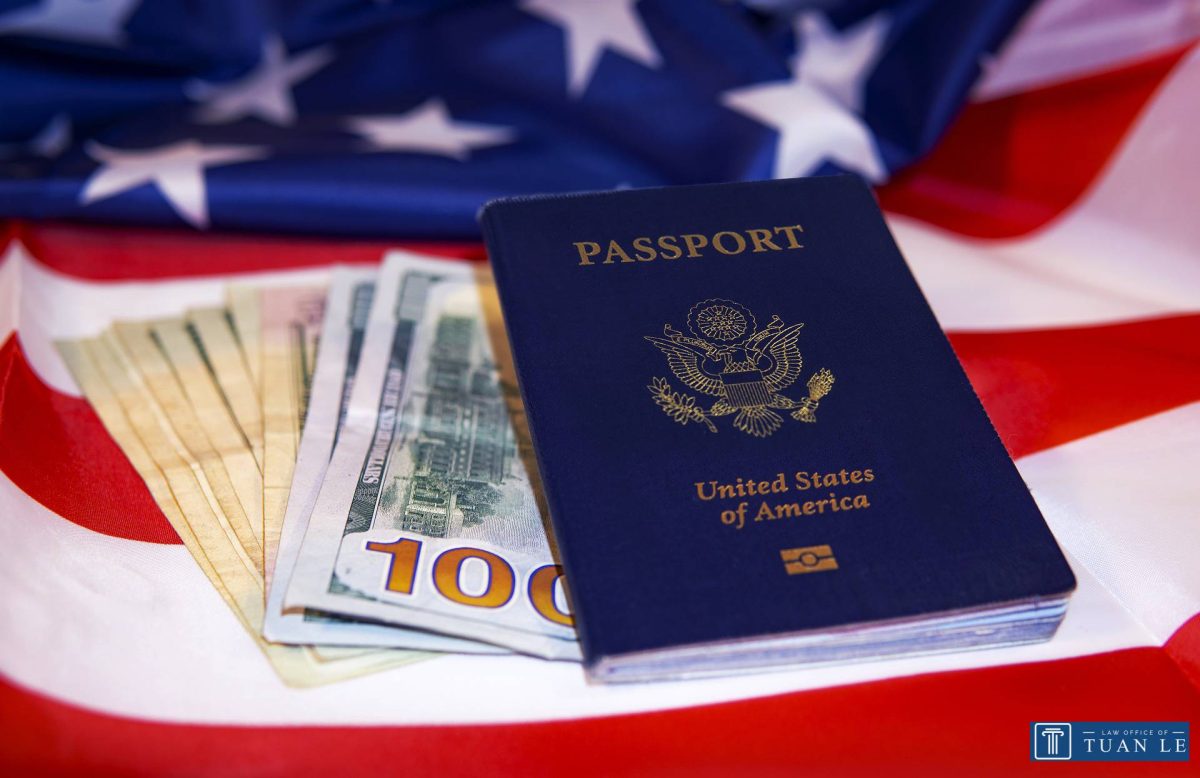

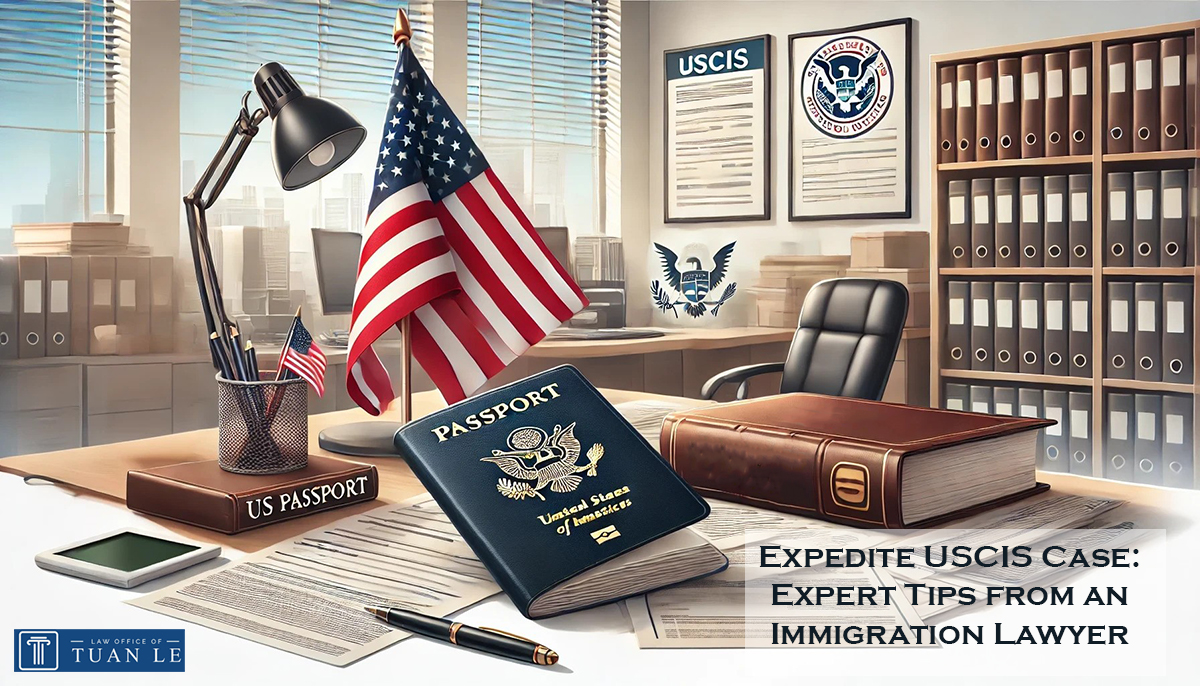
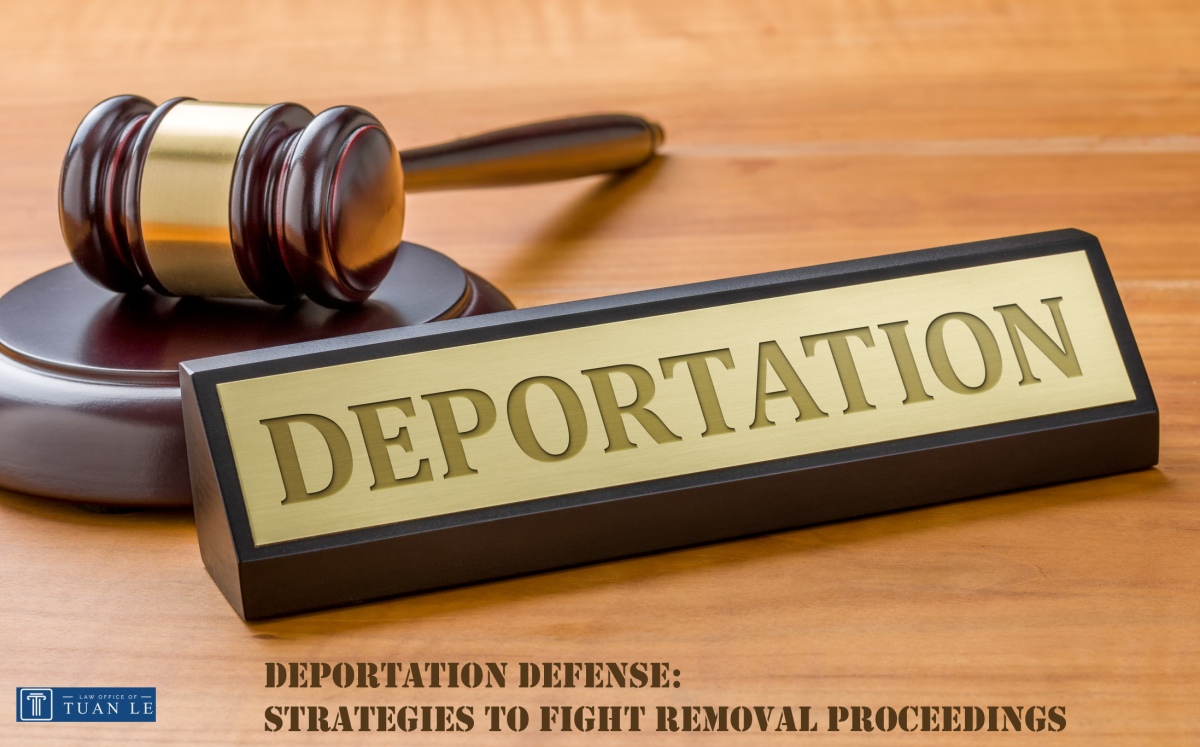
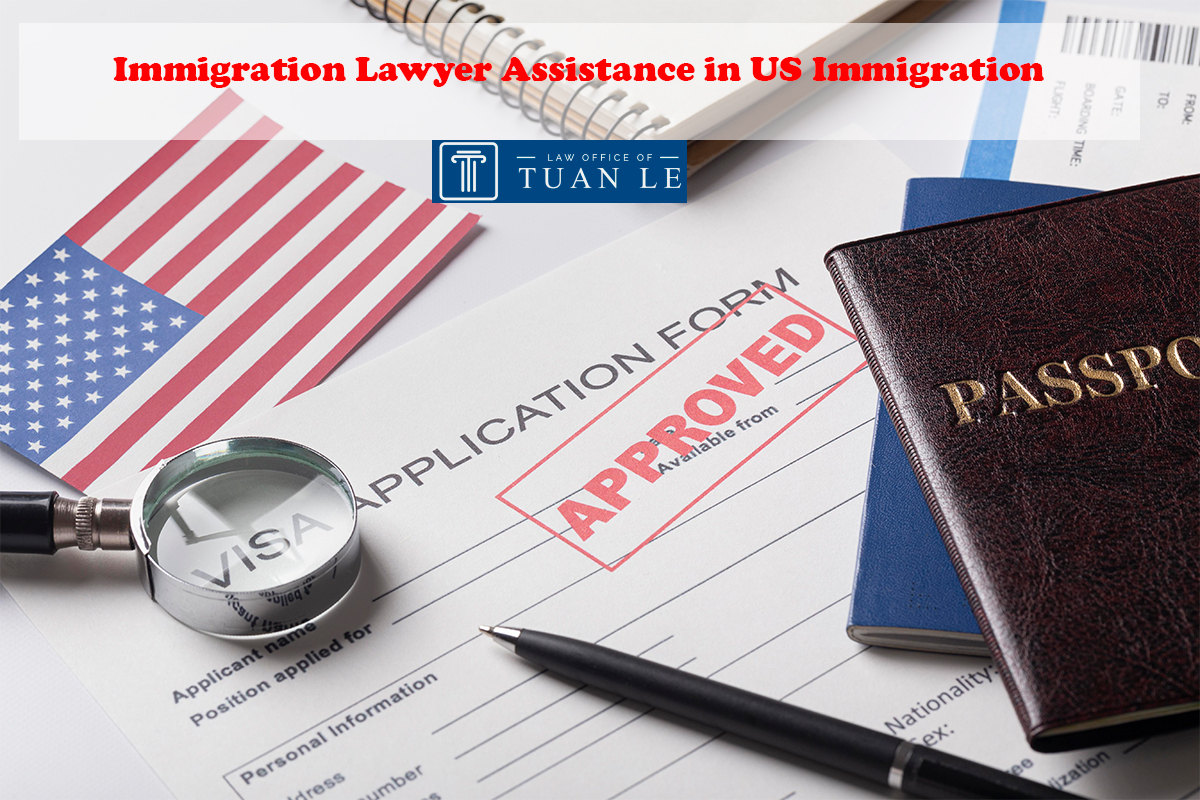
.jpg)
.jpg)
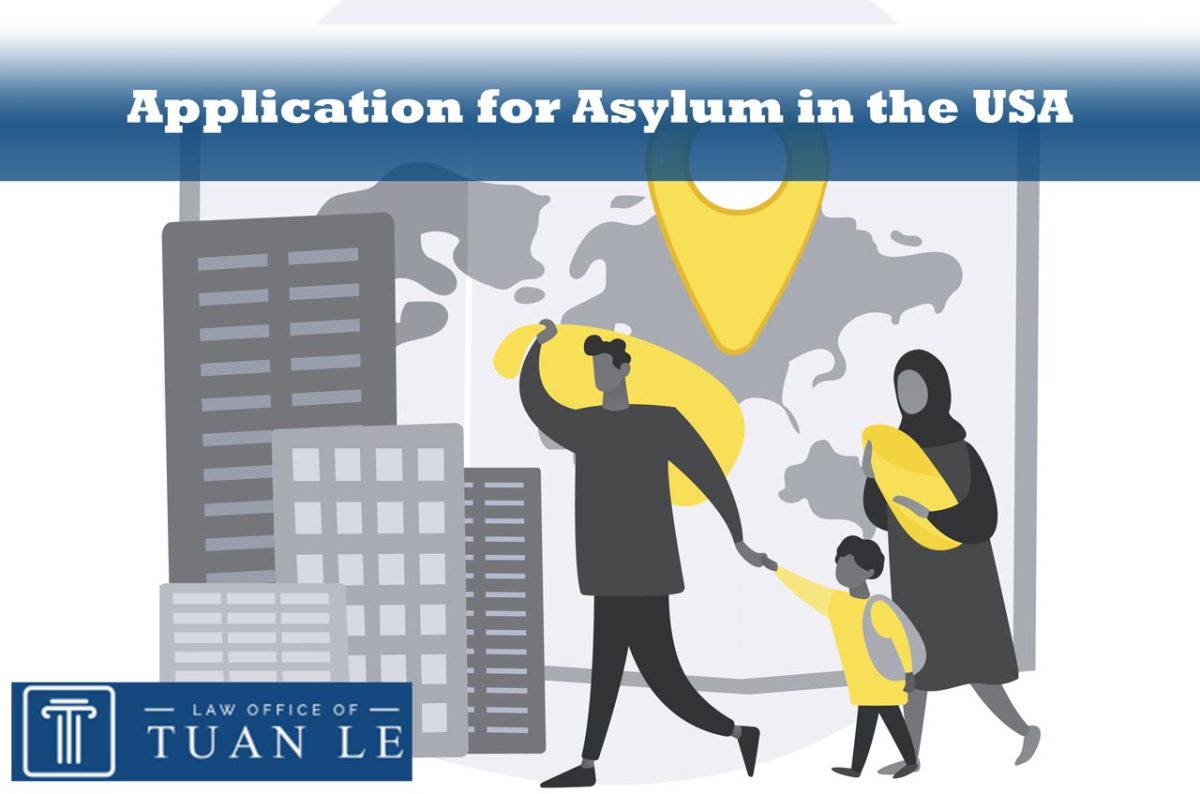
.jpg)
